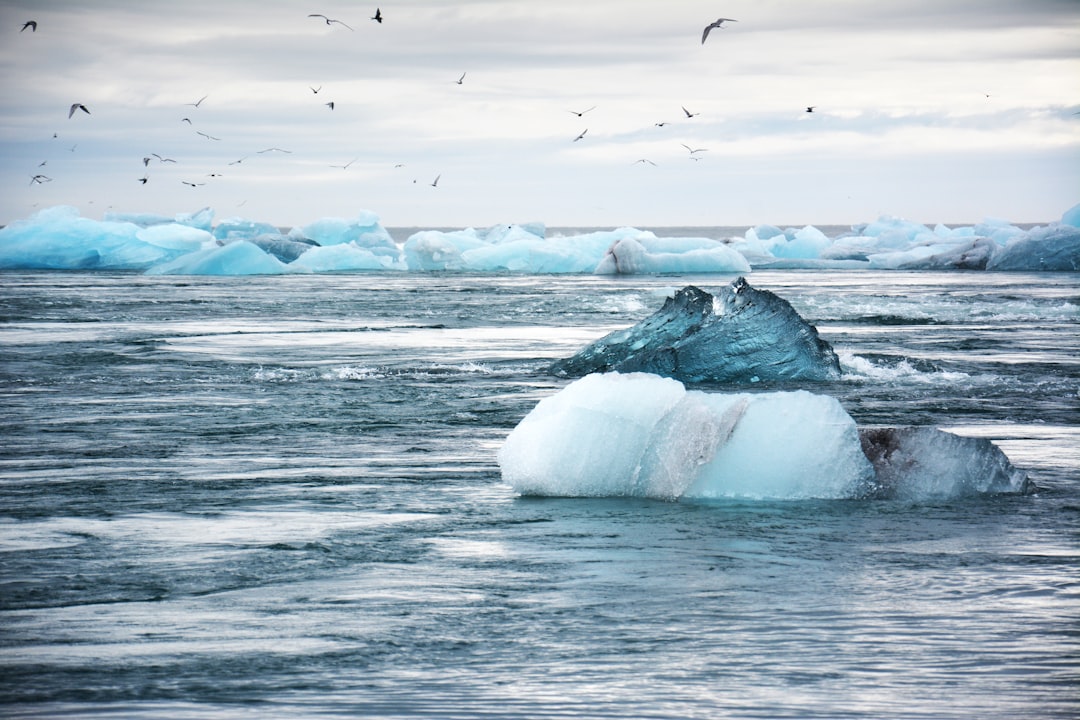What is it about?
Finding hidden salt deposits underground is essential for the oil and gas industry. These salt deposits can hold valuable resources like oil and gas. To locate them, we use a method called seismic data interpretation, but it's a very tough and time-consuming job when done by people. Even with some computer help, it's not perfect because we still need experts to choose the right signs in the data, and sometimes there's too much noise that makes things confusing.
Featured Image

Photo by Frames For Your Heart on Unsplash
Why is it important?
Efficiency: This new method using deep learning helps us find these salt deposits much faster and with fewer mistakes. It's like having a super-smart computer do the hard work. Expertise Not Always Needed: We don't always need experts to tell the computer what to look for. This means we can do this important task even in places where we don't have experts available. Better Results: The new method is better than the old ones. It's like upgrading from an old tool to a much better one, helping us find more resources underground. Cross-Validation Success: The method has been tested many times, and it's been shown to work really well. This means it's reliable and can be used in real-world situations to benefit the oil and gas industry.
Perspectives
This study's impact is noteworthy as it streamlines resource exploration in the hydrocarbon industry by automating the identification of salt deposits using advanced deep learning methods. This not only enhances efficiency and reduces costs but also broadens access to resource exploration in regions lacking geological expertise. Moreover, it sets a technological precedent, offering economic and environmental benefits through more precise drilling efforts and improved resource management.
Mr Saif Ul Islam
National University of Computer and Emerging Sciences
Read the Original
This page is a summary of: Using deep learning based methods to classify salt bodies in seismic images, Journal of Applied Geophysics, July 2020, Elsevier,
DOI: 10.1016/j.jappgeo.2020.104054.
You can read the full text:
Contributors
The following have contributed to this page










